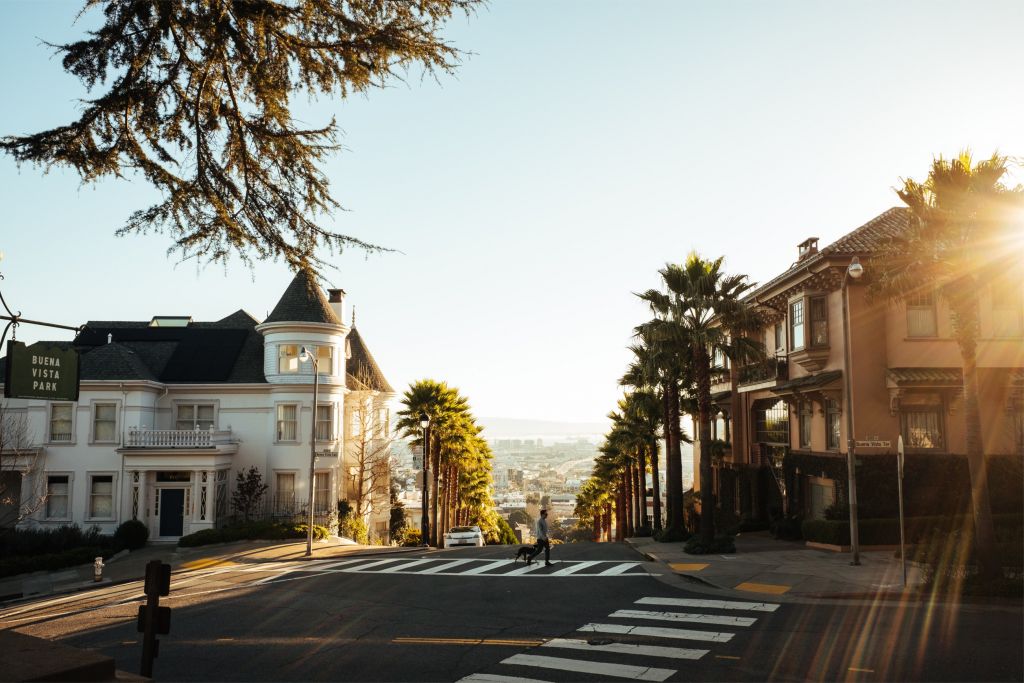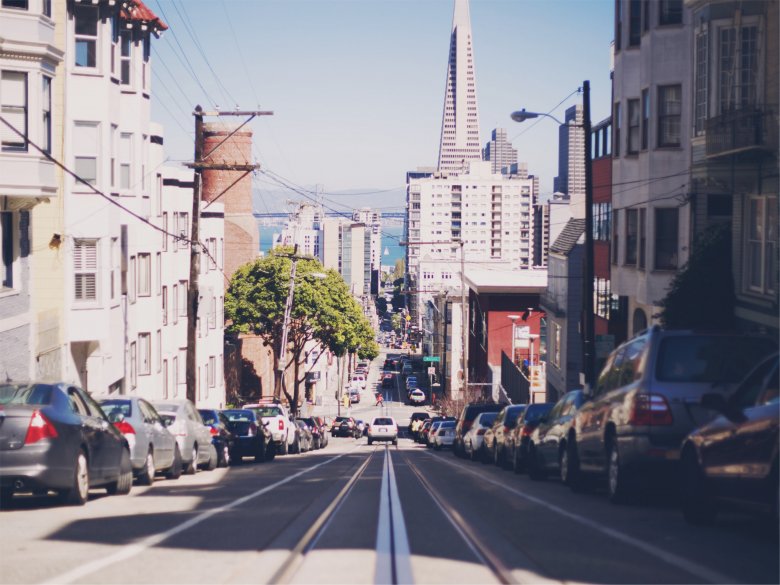A great looking website with highly optimised content for search engines is considered the Holy Grail for a thriving website.
True, these are very important and desirable, but the hugely influential website structure is often overlooked in comparison.
Why is an optimised website structure important for a tour operator?
Fickle visitors
Getting potential customers to your beautiful website is only half the battle - all will be in vein if you do not manage to convert them into a booking. So while awesome, optimised content and a beautiful looking website are vital, it is equally important visitors stay engaged and ultimately take the desired action i.e. decide to book with you.
This is where website structure is important. A surefire way to keep visitors bouncing away from your website never to return again is by not making the content people are looking for easily accessible. This may sound obvious but we have seen countless examples where this has been the case and it sometimes takes a fresh pair of eyes and honest feedback for the tour operator to see this.
A concise and straightforward navigation menu is a great starting point. The primary site pages should be one or two clicks/touches away via the main navigation. The two main pitfalls we see here are a) the use of fancy words when linking to the page/tour that many people will simply not understand, and b) too many items cluttering the menu. If this sounds familiar, taking a step back and thinking how the existing content can be structured in a more concise and straightforward manner often pays dividends.
The creation of a more organised structure can be achieved with the use of landing pages that list tours and resources relating to popular categories, such as ‘Asian tours’ if you provide worldwide tours or ‘Cycling tours in wales’ if your offering is more focused. Such landing pages provide a great gateway between your concise top navigation and your specific tours, hotels and regions. Furthermore, these pages are ripe for the picking when it comes to SEO, being keyword rich in the terms that most people search for when using the likes of Google to find tours.
Another critical aspect of an optimised site structure is the use of CTA’s (Call-To-Action). When someone lands on your homepage what are they likely looking for? If you provide walking tours in Asia then they most likely want to see which countries and regions you visit. A prominent display of the most popular linking through to the corresponding tour or landing page will ensure the visitor gets to exactly where they want to be and a step closer to booking.
These are a few of the important concepts when it comes to creating an optimised site structure but they are by no means an exhaustive list. Like most aspects of travel web design, the best results are achieved when the website is tailored to what the specific tour operator offers.
If you’d like to discuss how a better a better site structure for your own travel website can increase bookings, please get in touch.
The Travel Web Design Blog


